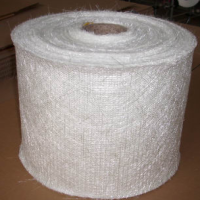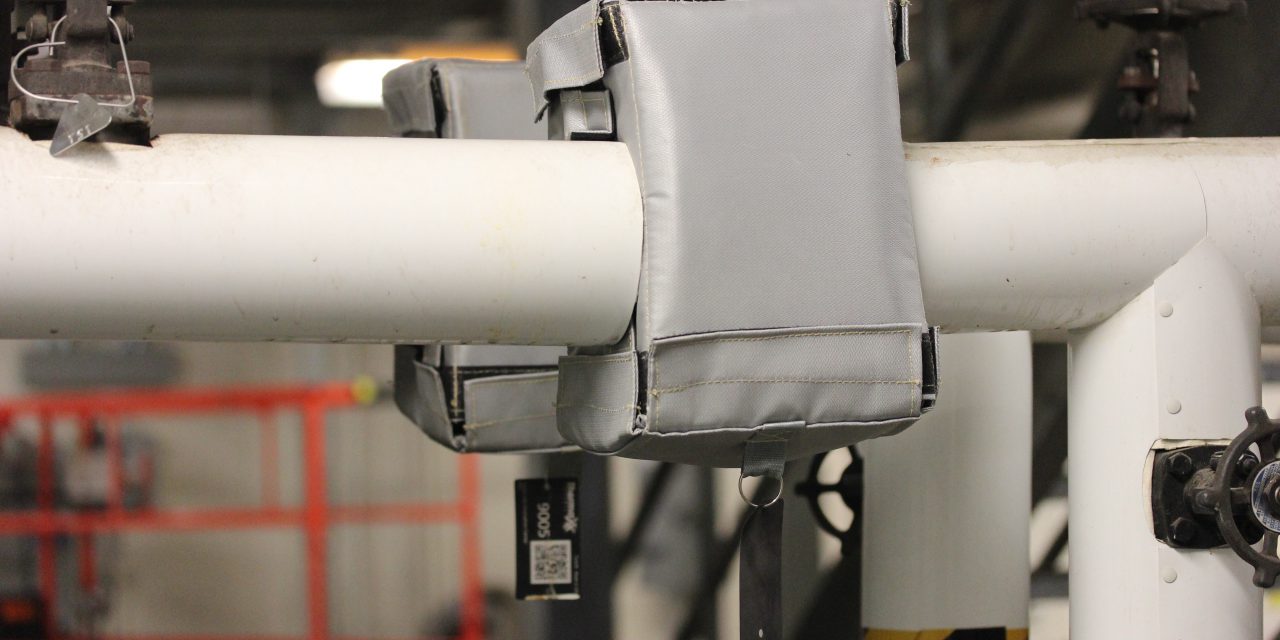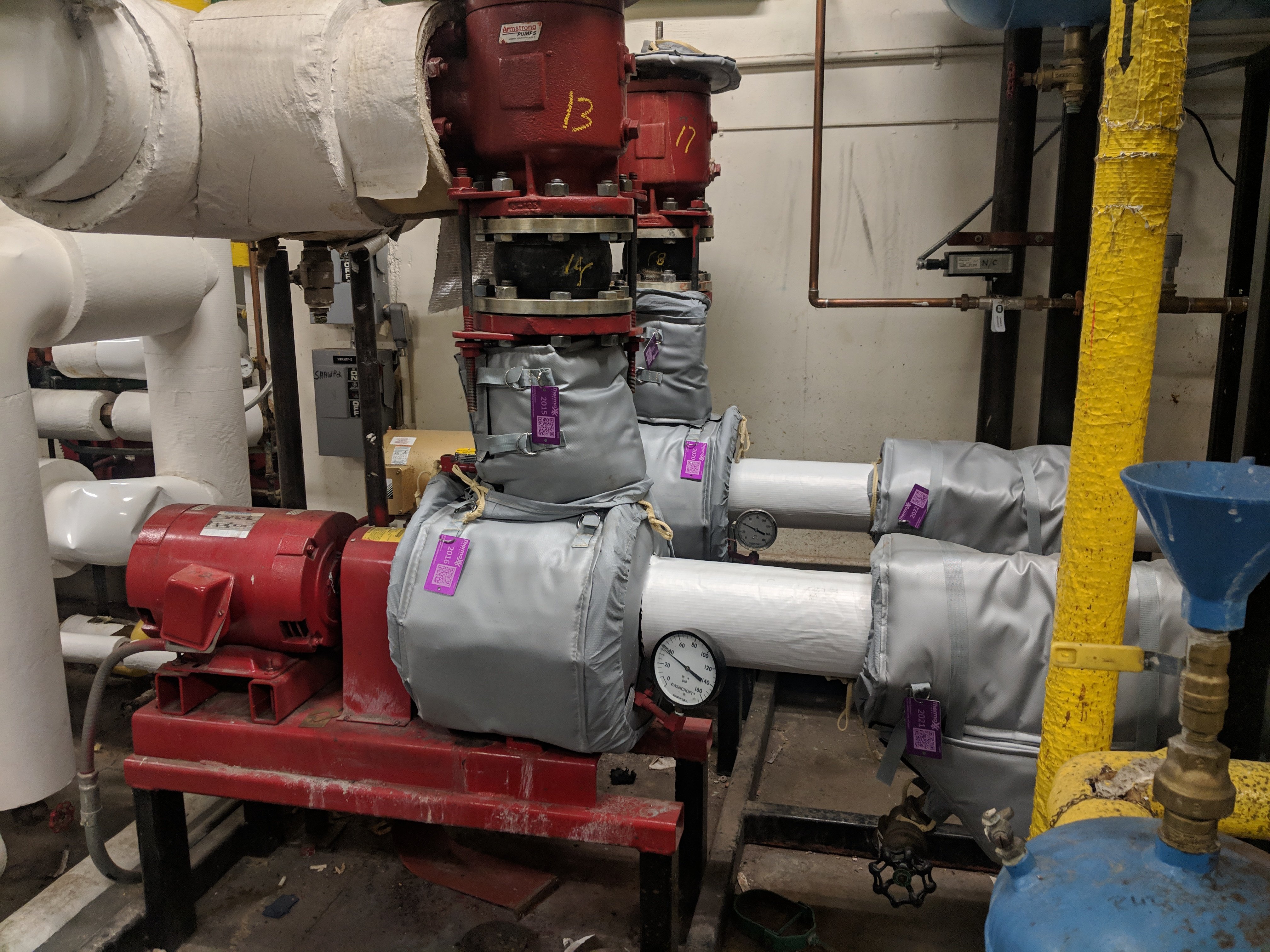Heat Insulation, Cold Insulation & Heated Insulation
Heat Insulation, Cold Insulation & Heated Insulation: An Overview
When it comes to thermal mechanical insulation, there are three major types: insulation for cold equipment, insulation for hot equipment, and insulation for equipment to prevent freezing. Accurately choosing the correct insulation in all three instances can help keep your equipment working at its best and save you money.
We are often asked if there is a difference between hot insulation and cold insulation. To some degree there is. For example, heat conductive sources can provide surprising amounts of heat retention. Take, for example, a baked potato fresh out of the oven wrapped in new aluminum foil. This foil will help keep the potato hot longer. The same aluminum foil wrapped around an ice cube fresh out of the freezer, however, will not provide similar insulation.
While these differences can come into play with home improvement work (such as chimney and fireplace pieces which are often insulated with nothing but air and heat conductive layers), for industrial equipment the differences between hot and cold insulation are minimal. Our logic is simple: make the absolute best insulating jackets. If you make an insulation that effectively blocks the transfer of heat, it will work to both help retain and repel heat.
Our box-style thermal insulation jackets, both hot and cold, are made from an insulation blanket formed of silica Aerogel and is reinforced with a non-woven, glass-fiber batting. This sturdy core is the backbone of our insulation. This insulation is hydrophobic, and can handle a maximum temperature of 1200°F (650°C).
For non box type thermal insulation jackets, we may use a glass mat, type E needled fiber. This material is made from E-fiber glass that mechanically bonds to form a blanket insulation material. It can withstand extreme temperatures (1200°F or 650°C), has low shrinkage at high temperatures, and even helps with sound absorption.
For both types of insulation, we use PTFE Fiberglass Composite jacketing on both the interior and exterior sides. This jacketing can withstand high temperatures (a minimum of 550°F or 287°C), and when sewed together with special formulated high temperature thread, forms an impressive shell for our insulation.
The big difference between hot and cold insulation is in the jacket design. Cold insulation jackets need to be designed with more overlap and if possible, be more airtight. This will help with condensation and pipe sweating.
While our insulation is top notch, it sometimes can't singlehandedly combat harsh winter weather. If you have outdoor parts that must be prevented from freezing, sometimes standard hot insulation isn't enough. That's why we make heated insulation that will keep your equipment frost free no matter how low the outside temperatures get. These jackets are made from our standard high quality insulation, but during production are installed with heat trace loops. These belt type loops are installed in the inner jacket to allow heat trace to be snaked through. For ease of use, these belt loop locations can be designed based on your needs.

Thermaxx Jackets
Thermaxx Jackets was founded over 25 years ago with a single purpose: to help our clients save energy with removable insulation blankets when traditional stay-in-place insulation is not practical. Our dedication to this purpose has resulted in a long list of customers who have saved money thanks to Thermaxx Jackets! Combining expertise in heat loss, wireless monitoring, insulation design, and several other disciplines, we’ve become the #1 provider and fabricator of removable insulation jackets and covers. The Thermaxx Sales and Service teams are experienced and trained to provide clients with the most timely and cost-effective solution.
Categories
- removable insulation
- thermaxx jackets
- energy savings
- savings
- energy efficiency
- safety
- pipe insulation
- energy
- case study
- insulation materials
- thermal insulation
- heat loss survey
- heat loss
- energy loss
- hot insulation
- fiberglass
- installation
- steam
- New York
- custom insulation
- NYC Case Study
- boiler
- university
- Connecticut
- reusable insulation






